Cultural Probes work by revealing fragmentary insights into peoples’ lives, giving access to everyday realities while preserving a sense of mystery.
Probes are collections of evocative tasks given to volunteers to elicit inspiring responses. They usually include a variety of printed items such as maps, postcards or diagrams with requests for people to add information in the form of annotations, drawings or stickers. Often they also include simple devices such as cameras or recorders with requests for certain kinds of content. Important as these materials are, it is the design of the tasks which determines whether or not Probes are intriguing and revealing.
The best Probe tasks balance empirical encounters with playfulness and surprise. For participants, they undermine ideas about research to encourage informal intimacy and creativity. For researchers, they produce observable evidence with enough uncertainty to leave room for the imagination.
It is impossible — and not in the spirit of the approach — to specify precisely how to create a successful Probe study. We can offer a few tips, however, based on years of experience.
How to make a successful task
In designing probe tasks, the aim is to hit a sweet spot between focused inquiry and entertaining self expression.
Tasks may focus on particular issues, but not like questionnaire items that produce predictable answers. Good probe tasks are almost flirtatious, allowing innocent replies while opening the door to more intimate responses. Thus playful, open, or even absurd requests are more rewarding for participants and surprising to researchers than straightforward ones. But clever opportunities for play that don’t reveal anything meaningful aren’t useful either. Balance is essential in designing probe tasks.
Say you’re interested in internet usage, for example. Rather than simply asking ‘what do you use the internet for’, try indirect ways to approach the issue:
Use analogies. For instance, ‘what sort of vacation spot would the internet be?’
Ask obliquely-related questions. For example, ‘how do you gossip with friends?’
Try general questions. E.g., ‘computers: blessing or curse?’
Try indexical requests: ‘What did you use the internet for last Tuesday?’
For recording devices such as cameras, requests should relate to the issues or questions you’re curious about. Just as important, they should encourage volunteers to point cameras in directions they wouldn’t do if you simply asked them to document their lives. The value of the images they produce isn’t just or even primarily in how they answer your questions, it’s also in all the unexpected details and textures revealed in the process.
So instead of asking for pictures of well-understood things (“the kitchen”, “your family”), it can be useful to indicate qualities (“a possession that’s your friend”, “the spiritual centre of your home”) that aren’t so obvious. And again, these qualities may be open to interpretation — for instance, “the hottest place” might or might not refer to temperature.
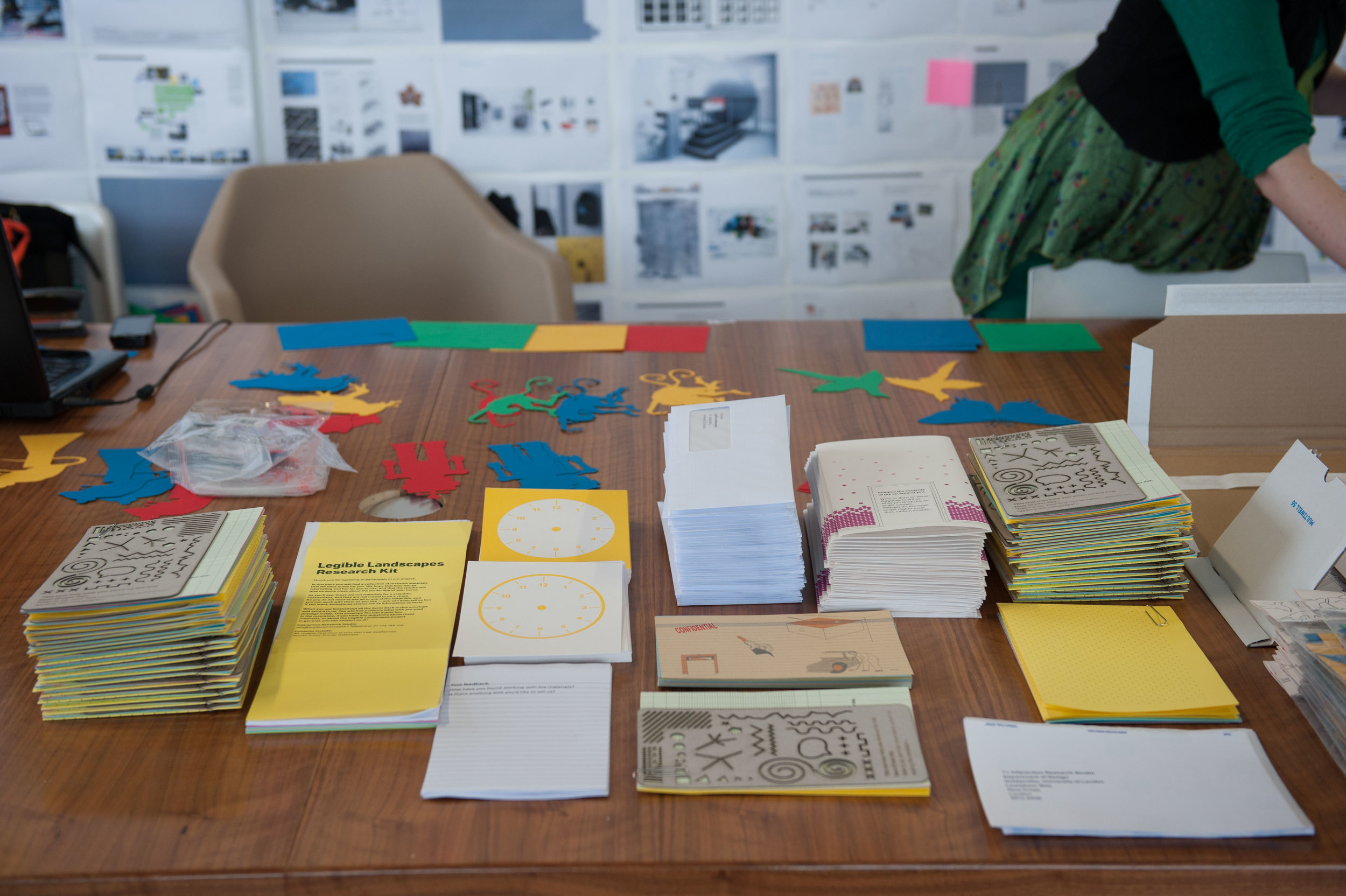
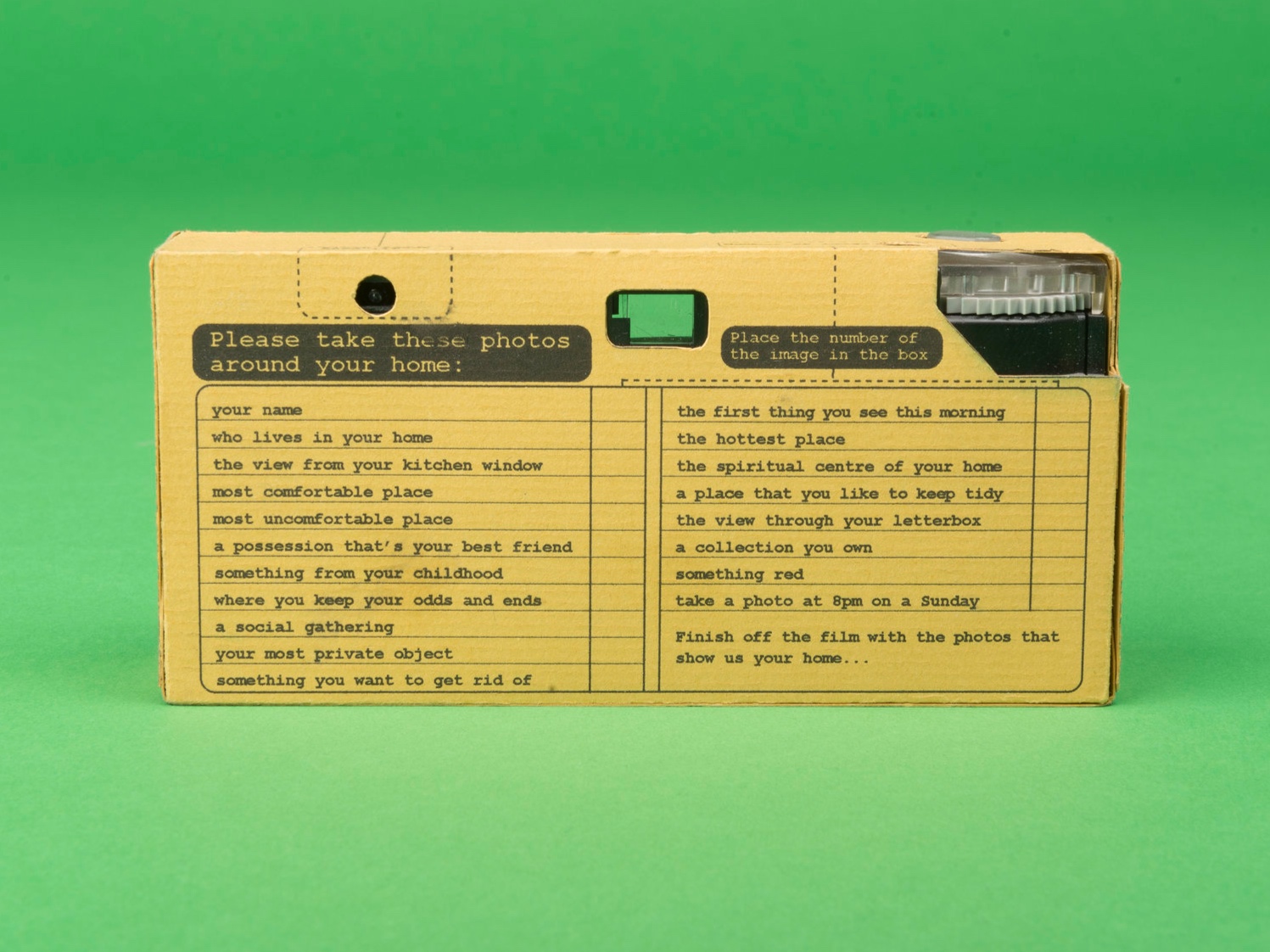
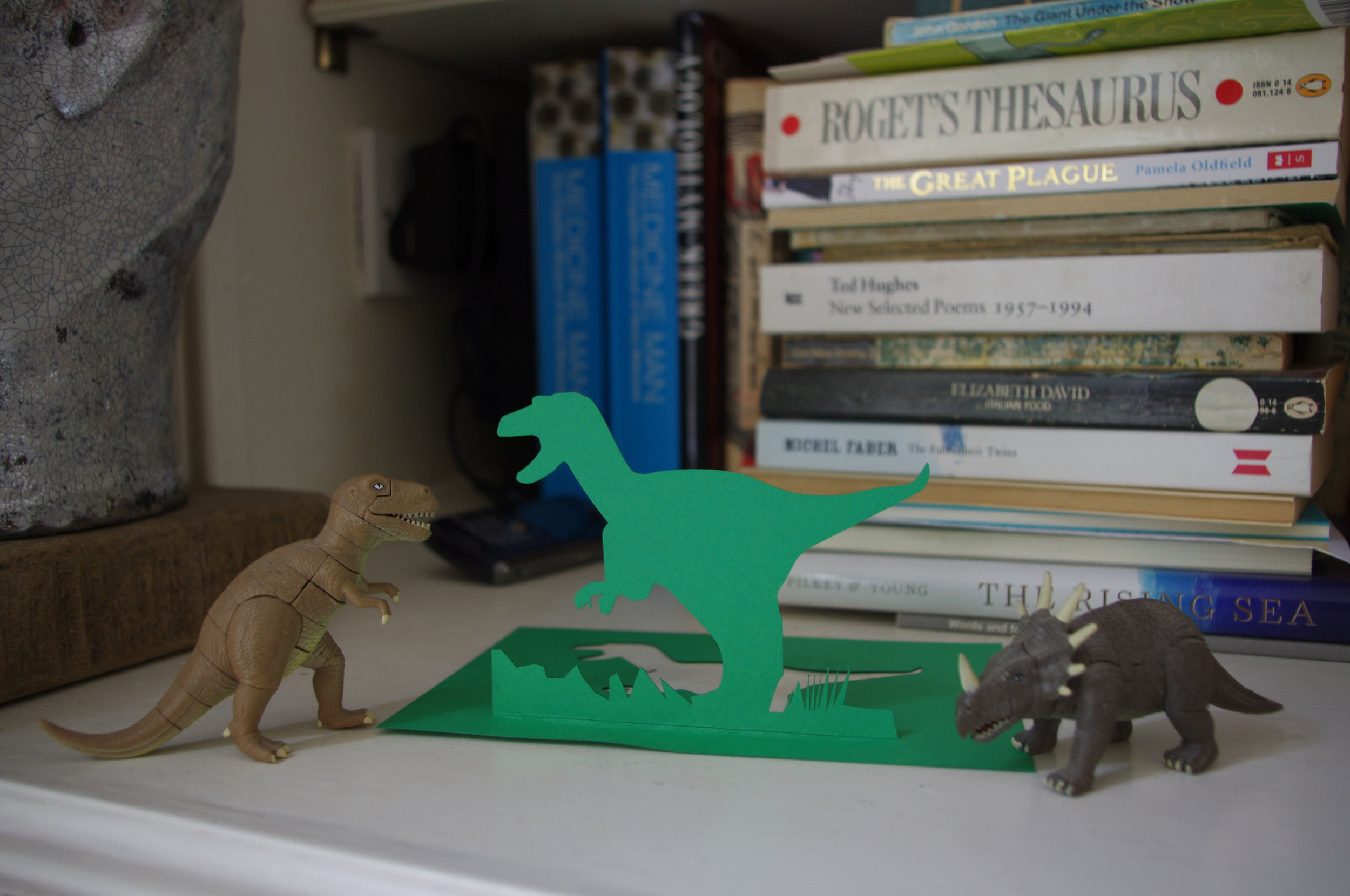
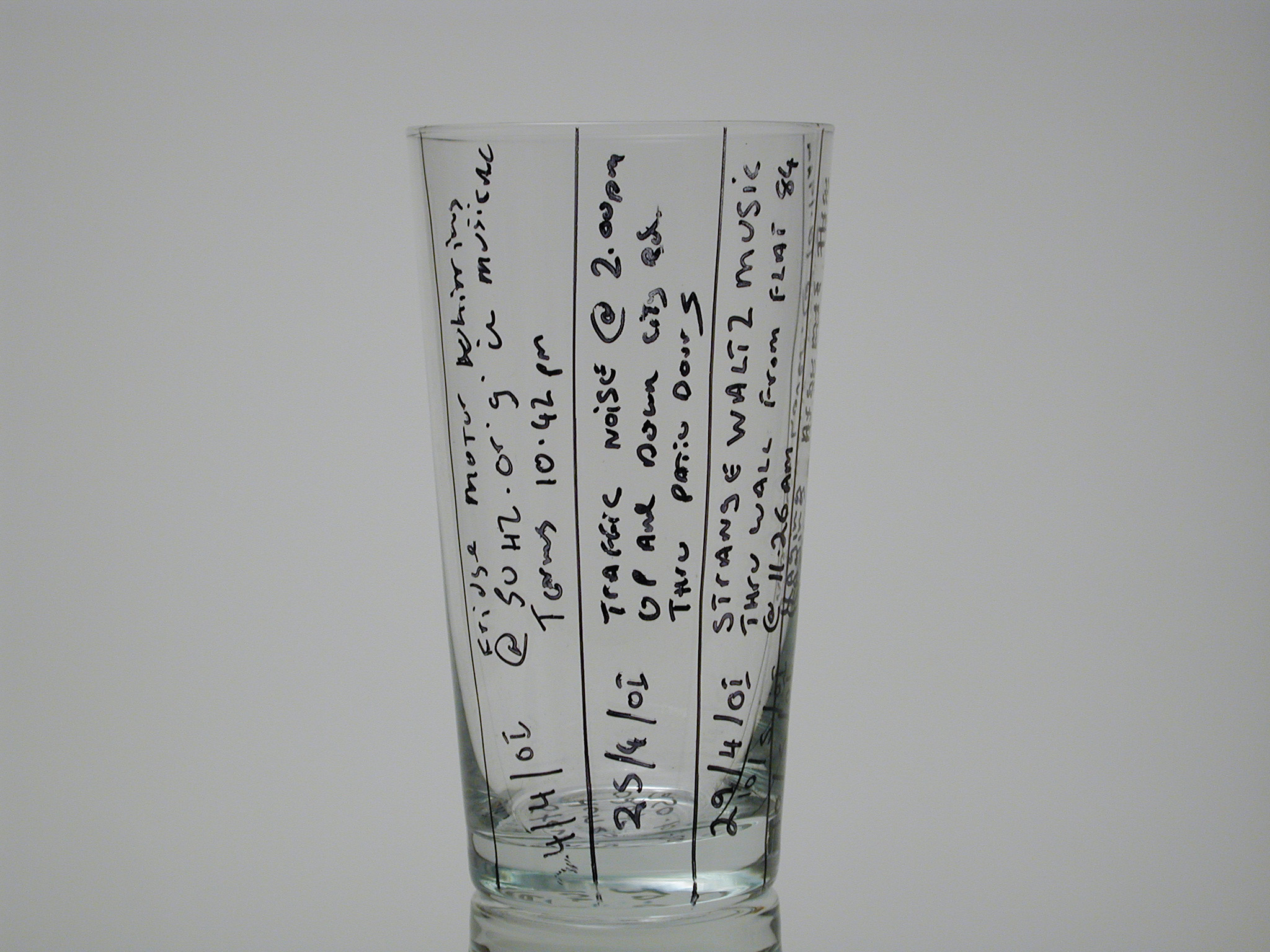
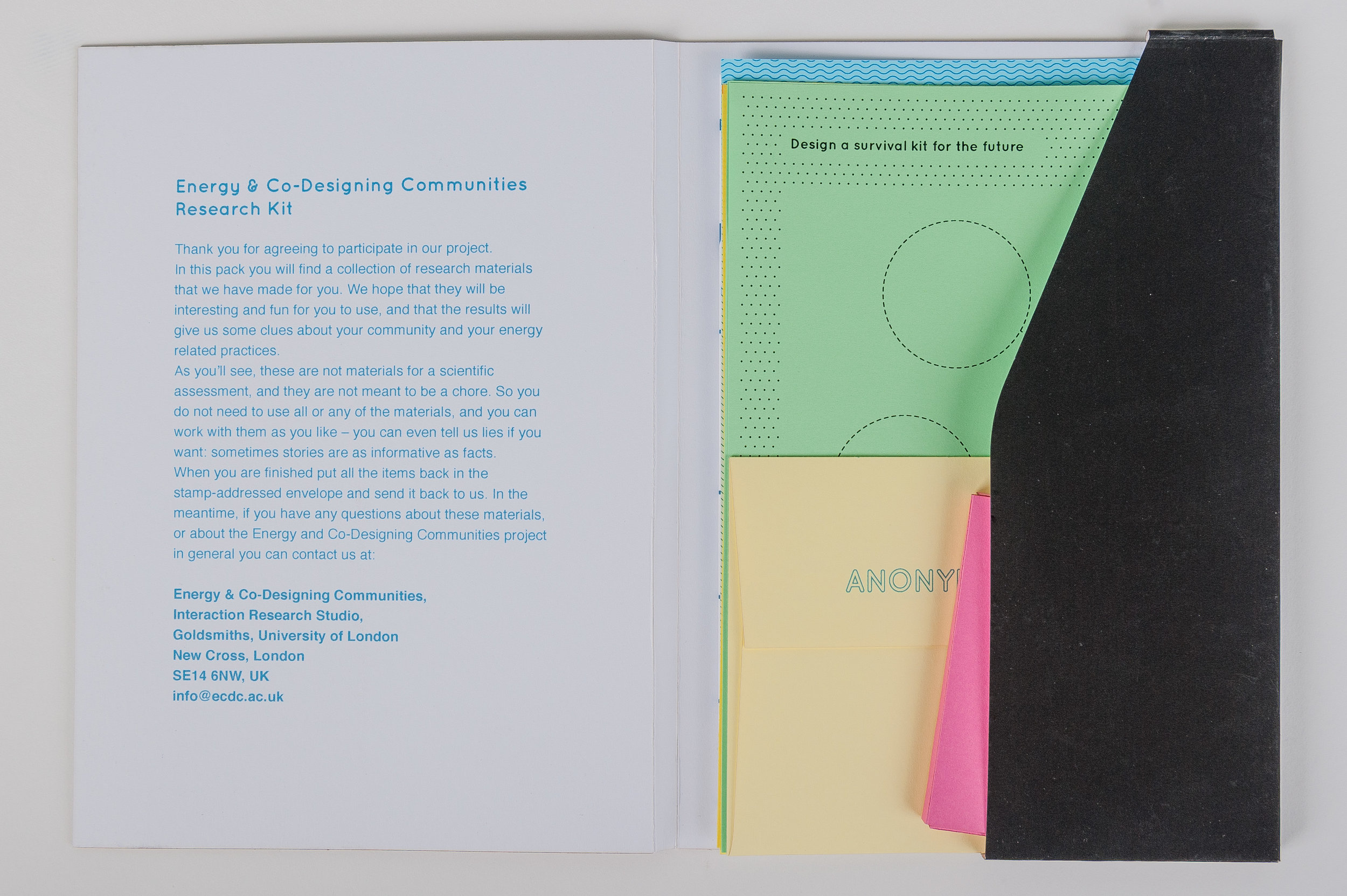
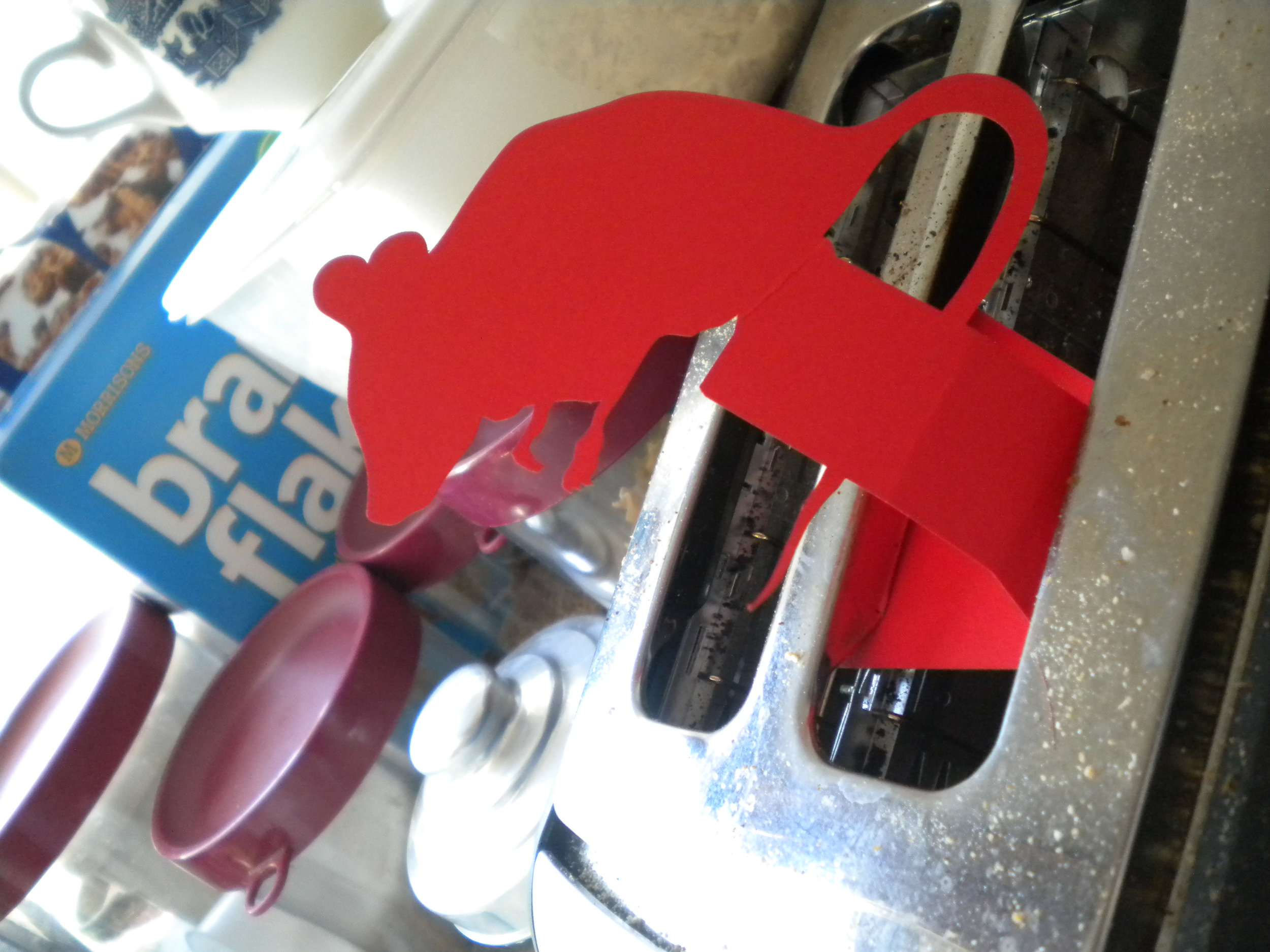
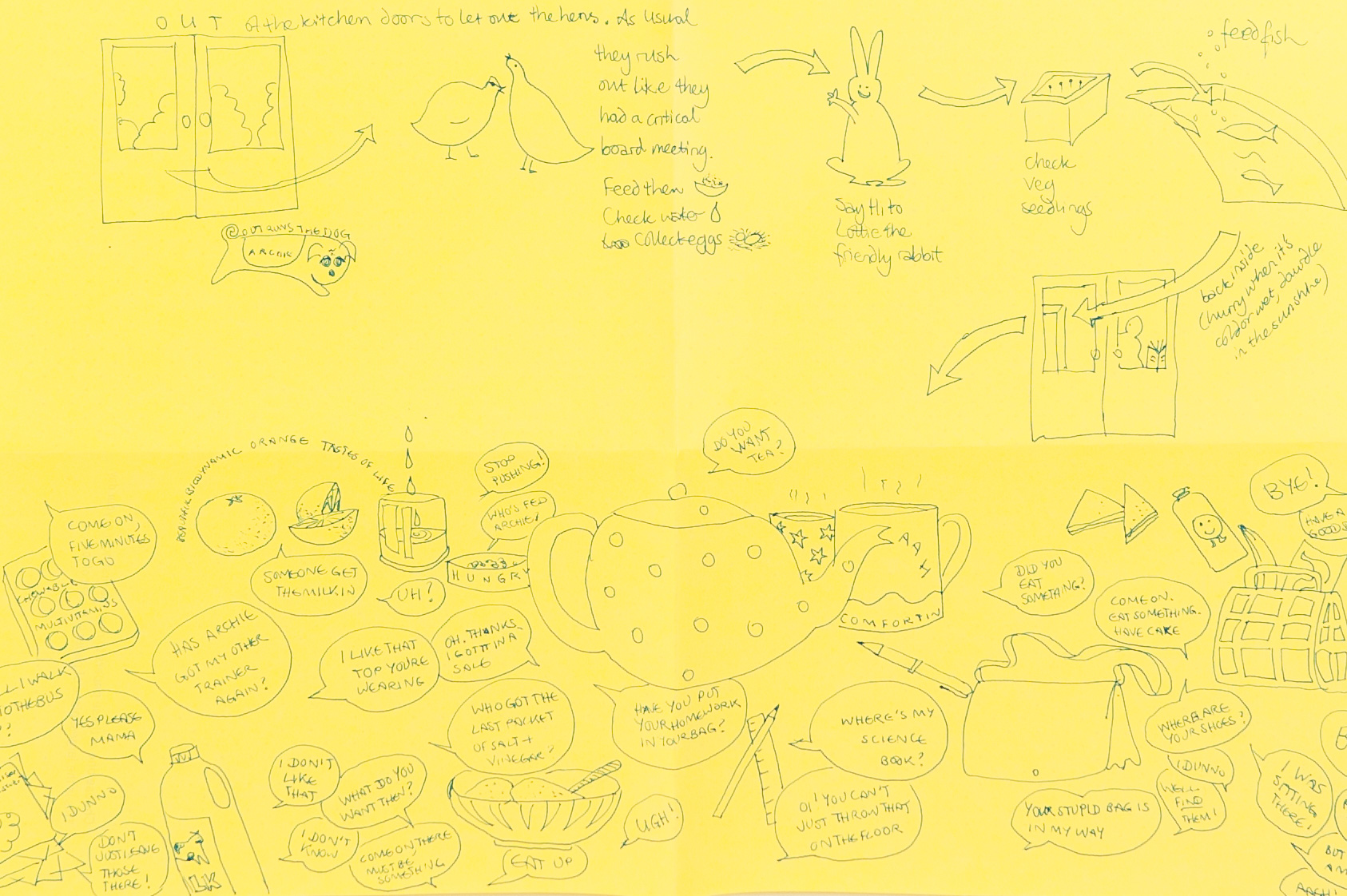

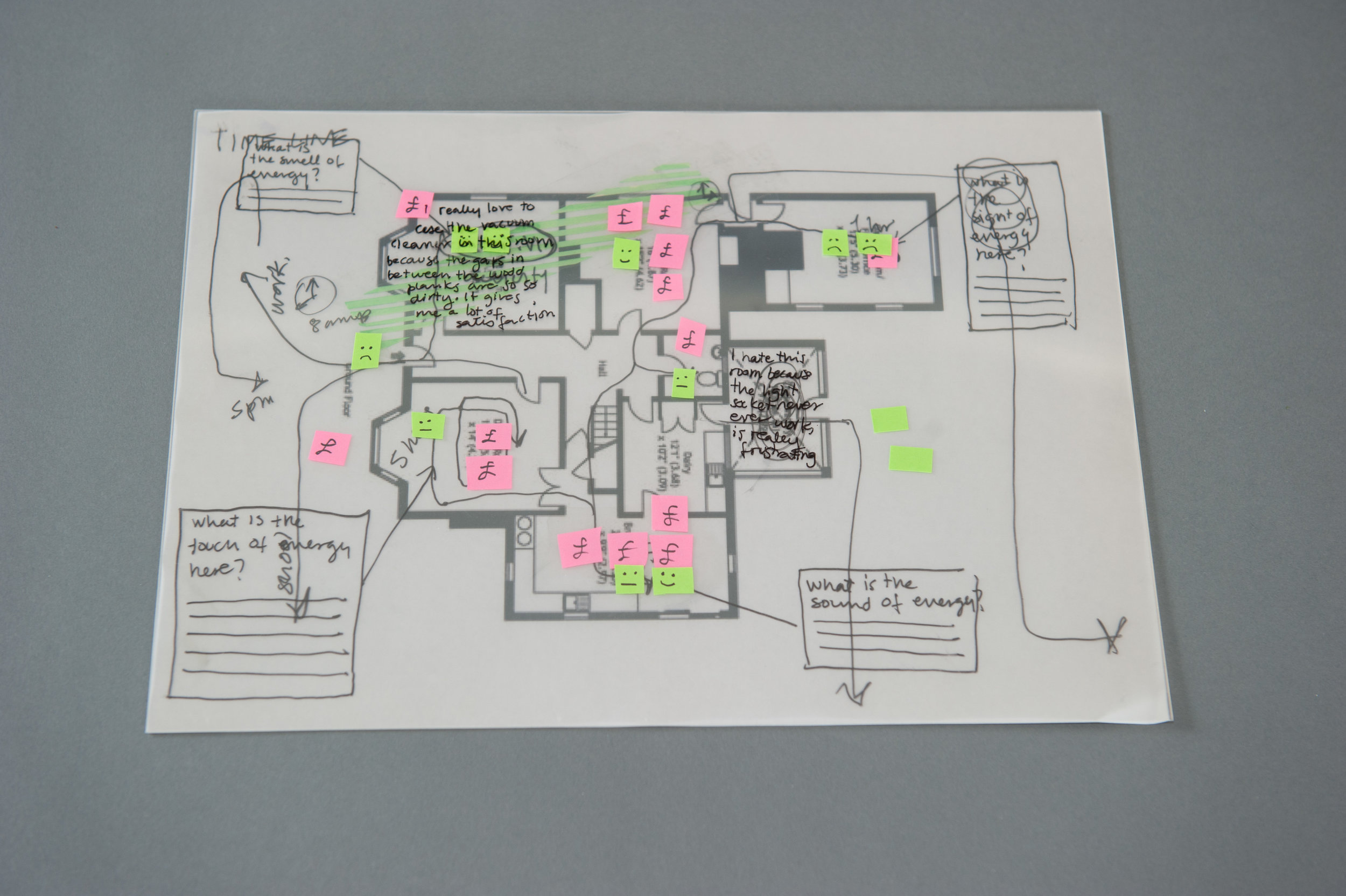
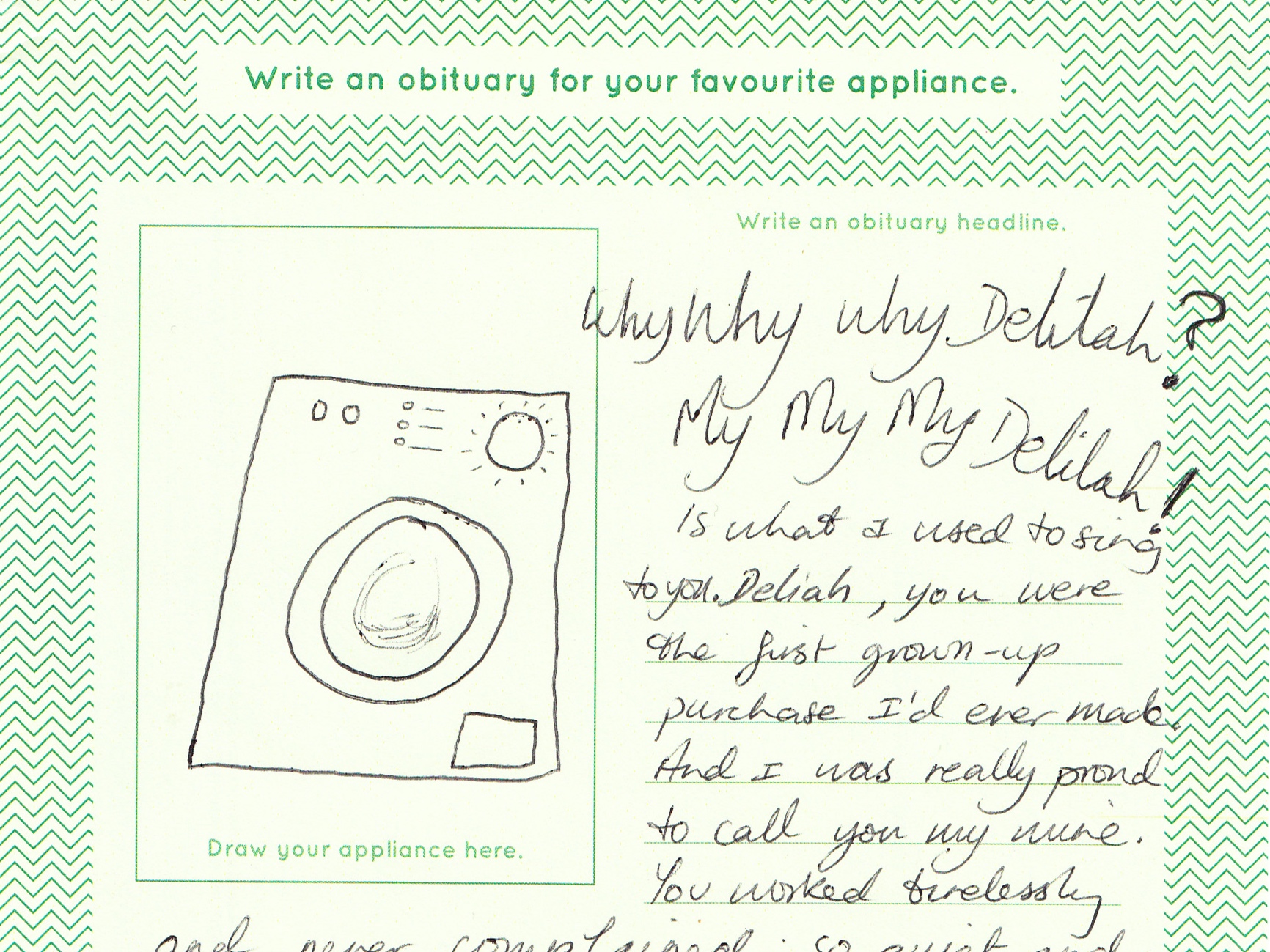
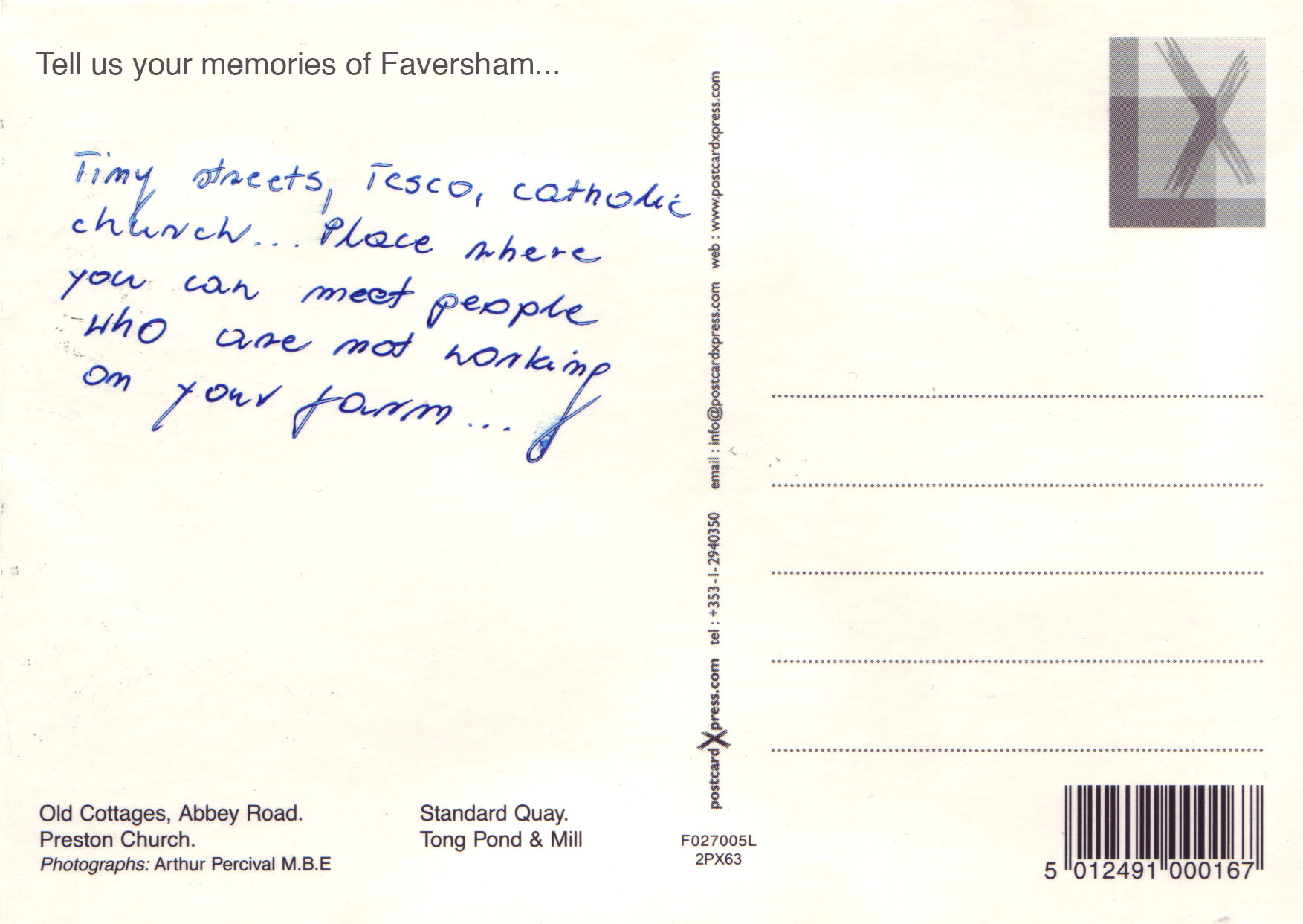
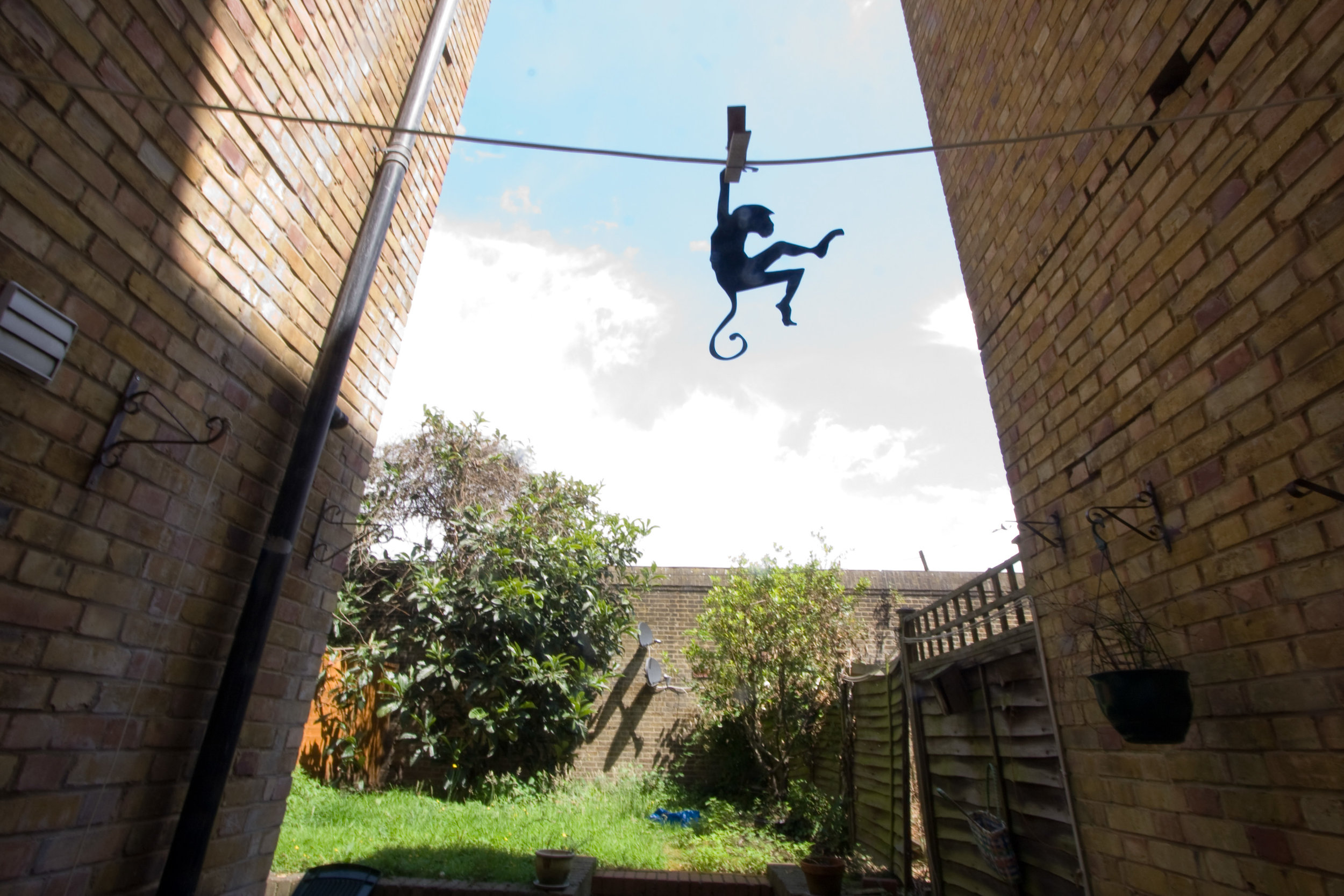
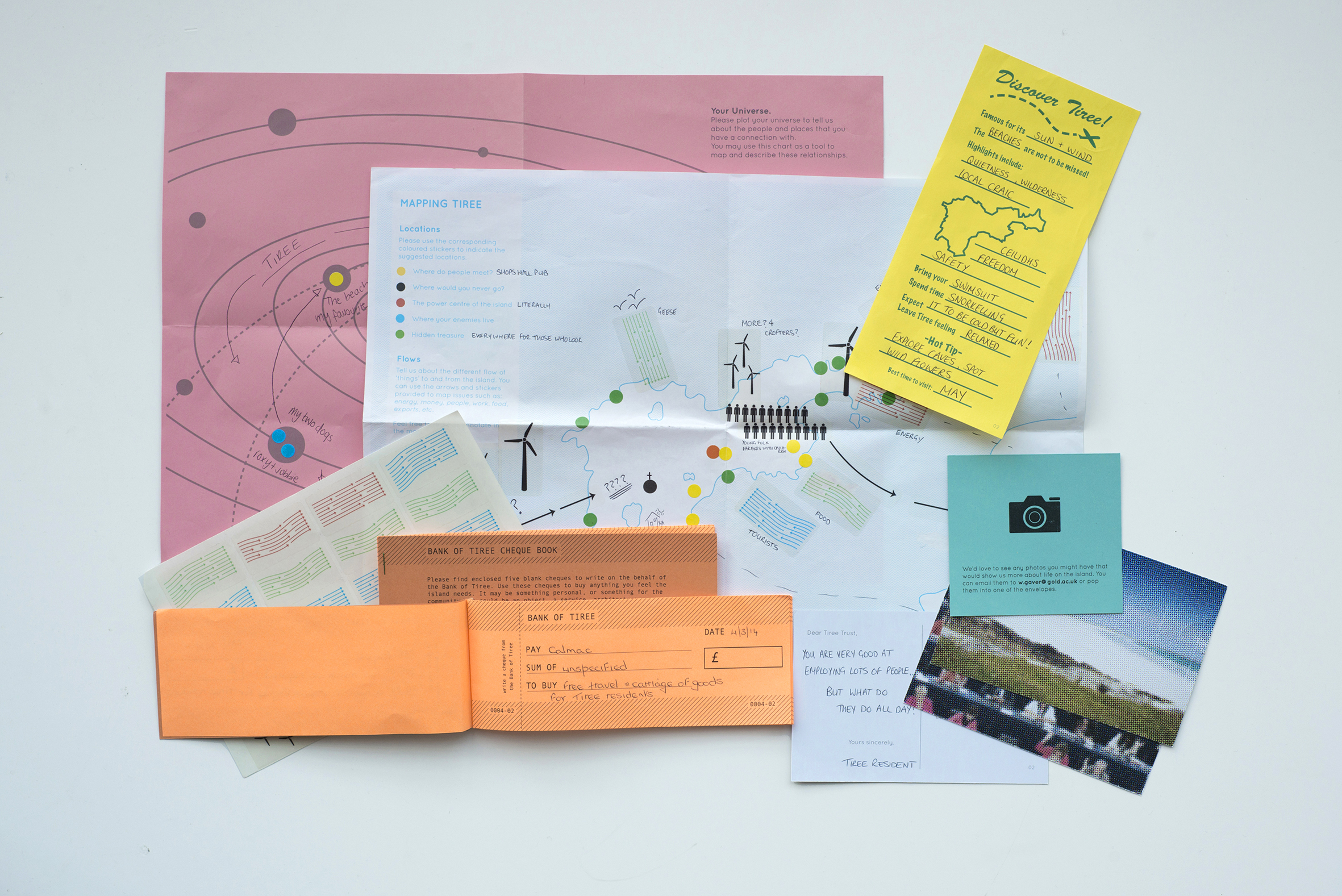
Probes: Collections of Tasks
Most Cultural Probes are collections of materials posing tasks for volunteers. These include requests for writing, drawing, annotating or recording in response to queries. For instance, they might include:
a set of self-addressed postcards which ask questions (“what would you write your local politician?”, “tell us a joke”, “what do you like about where you live”)
maps with stickers allowing people to mark where they live, where they go to see other people or to be alone, or where they would like to go but can’t
readymade diagrams (e.g. an image of the solar system) with a request to indicate friends and family.
Tasks and material can change from study to study — there are no pre-defined ingredients. Usually, however, ProbeTools will be used as part of such collections, not alone.
We usually include 6 - 15 separate items in a Probe packet. There are many reasons for this; multiple tasks:
can gather different kinds of information
tend to be more engaging for participants
play to volunteers’ strengths and interests
allow participants to choose which tasks to do
can vary in their degree of playfulness v. focus
allow some to fail without destroying the study
Probe tasks can be designed as a set, with a similar style across items. This needn’t be too pronounced. We aim for Probes to look considered, but not so highly designed that they look impersonal or intimidating.
